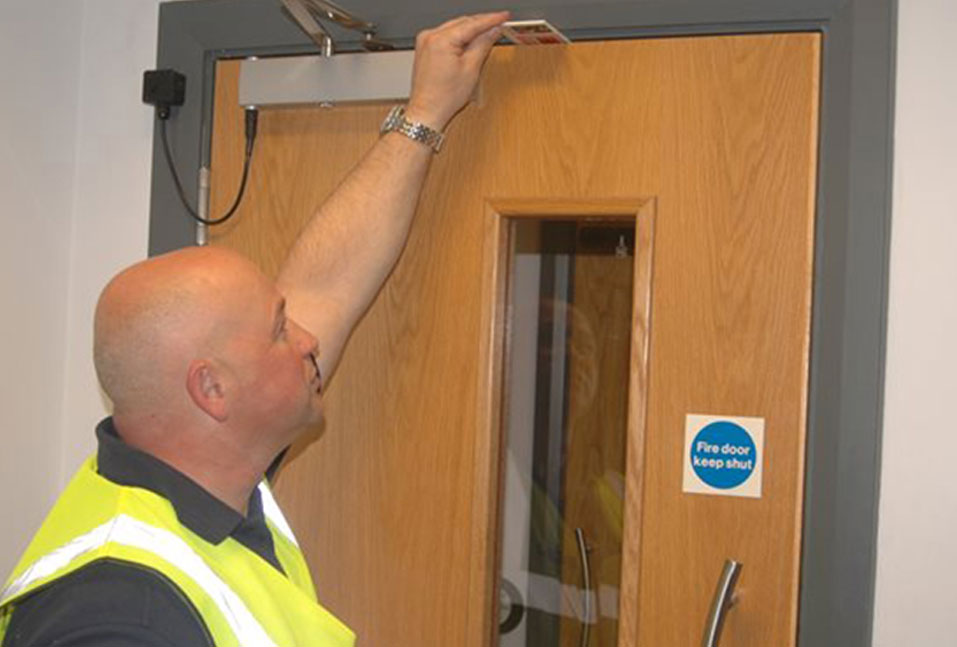June 05, 2023 What is Passive Fire Protection (PFP)?
Introduction:
When it comes to fire safety, prevention and containment are paramount. Passive fire protection (PFP) is a crucial aspect of fire safety in buildings and structures. In this blog, we will explore what passive fire protection is, its importance, and how it helps protect lives and property.
Understanding Passive Fire Protection:
Passive fire protection refers to a range of measures designed to limit the spread of fire, smoke, and heat within a building or structure. Unlike active fire protection systems that require human intervention or external power sources, PFP elements are inherently built into the building’s design and construction. These elements provide a passive barrier that helps to contain fire and prevent its rapid spread.
Key Components of Passive Fire Protection:
- Fire-Resistant Walls and Partitions: Fire-rated walls and partitions are constructed using materials that have been tested and proven to withstand the effects of fire for a specified period. These barriers create compartments within a building, limiting the fire’s ability to spread from one area to another.
- Fire Doors and Fire-Rated Glazing: Fire-rated doors and windows are designed to withstand fire for a specified time, forming a barrier against flames and smoke. They help compartmentalise a building, allowing occupants to safely evacuate and providing access for firefighters.
- Fire Dampers and Fire Stops: Fire dampers are mechanical devices installed in ventilation systems or ductwork to prevent the spread of fire and smoke. Fire stops, on the other hand, seal openings and penetrations in walls, floors, and ceilings, preventing fire and smoke from travelling through them.
- Fireproofing and Fire-Resistant Coatings: Fireproofing involves the application of fire-resistant materials, such as intumescent paints or sprays, to structural elements like steel or concrete. These coatings provide a protective layer, delaying the impact of fire and preserving the structural integrity of the building.
Importance of Passive Fire Protection:
Passive fire protection is crucial for several reasons:
- Life Safety: PFP measures provide occupants with valuable time to safely evacuate a building in the event of a fire. They help prevent the rapid spread of flames and smoke, reducing the risk of injuries and fatalities.
- Property Protection: By containing fires within limited areas, PFP measures minimise property damage, allowing for easier firefighting and reducing the financial impact of fire incidents.
- Compliance with Regulations: Many building codes and fire safety regulations mandate the implementation of passive fire protection measures. Adhering to these regulations is not only necessary for legal compliance but also ensures the safety of building occupants.
Conclusion:
Passive fire protection is an essential aspect of building design and construction. By incorporating fire-resistant materials, barriers, and systems, PFP measures help prevent the spread of fire and protect lives and property. Whether in residential, commercial, or industrial settings, investing in passive fire protection is a proactive step towards enhancing fire safety and mitigating the devastating effects of fires.If you would have any further questions around PFP, feel free to contact us and speak to one of our specialists today.


